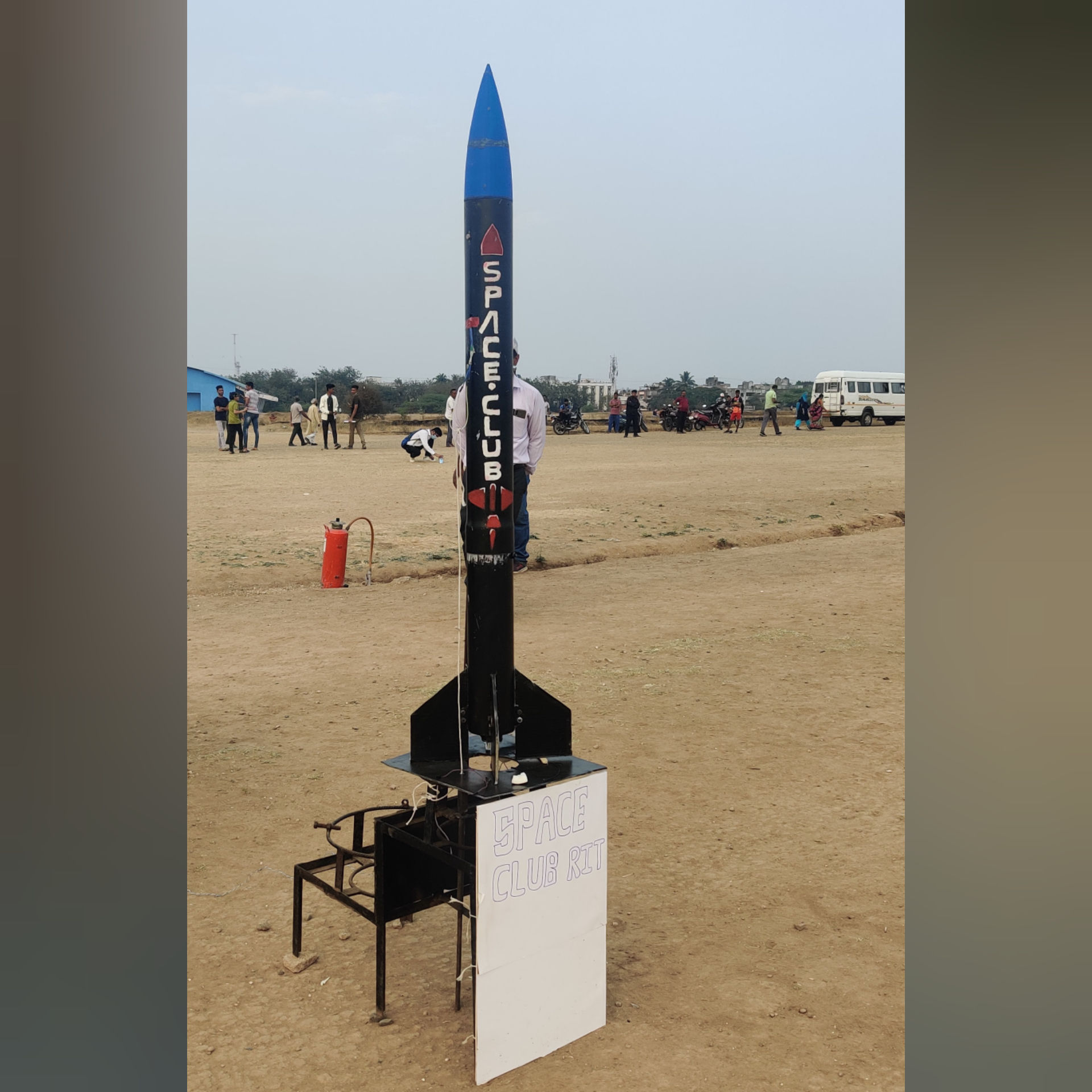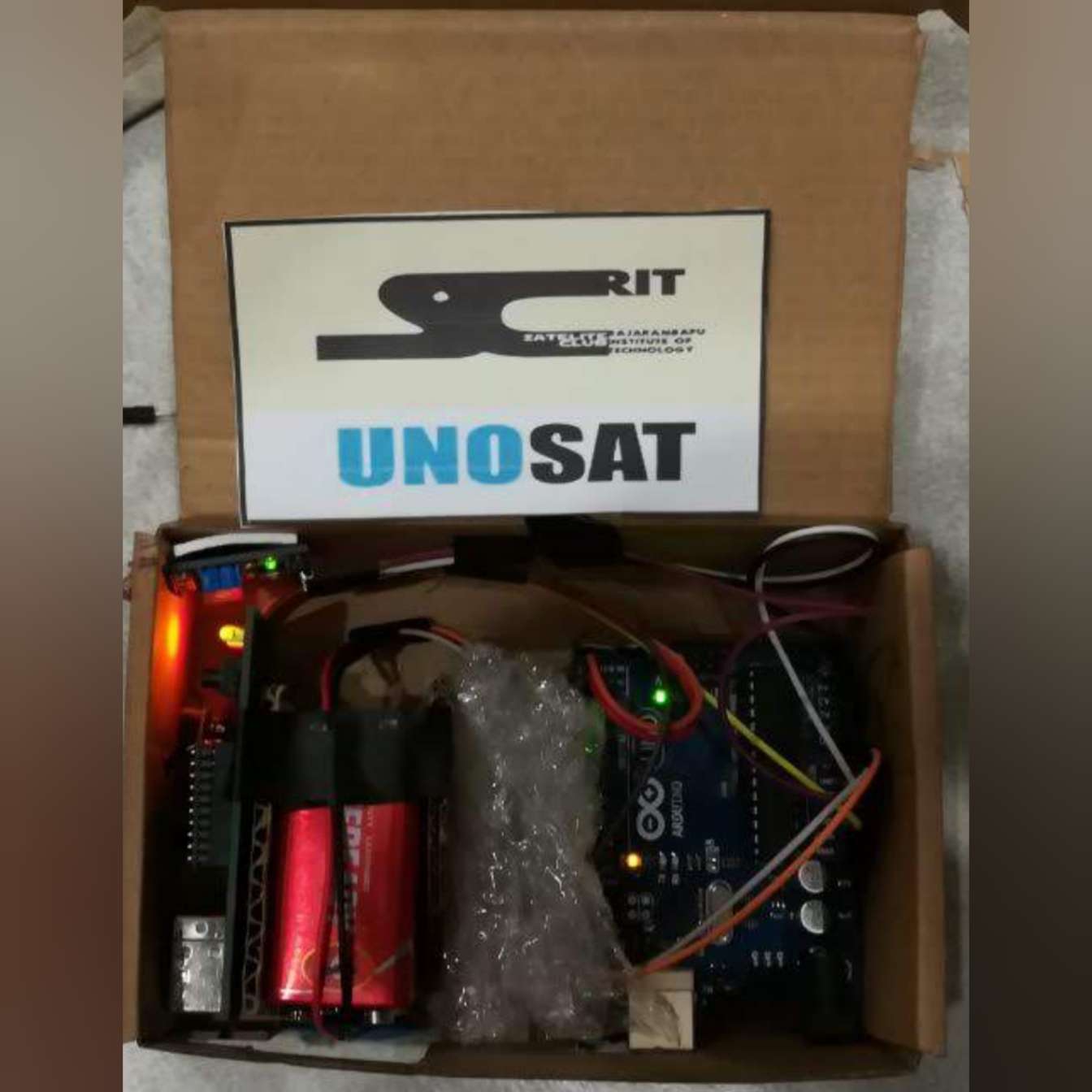
Space Club works on a variety of projects, both technical and non-technical. Rocketary plays a significant role in these initiatives. Model rocket clubs offer many opportunities. EPLV-1.1 represents a significant achievement for the space club. EPLV-1.1's primary goal was to achieve its apogee (1km), release its parachute successfully, and recover completely. The next rocket will have a 3 kilometre apogee, data collection, successful parachute deployment, successful cube satellite deployment through it, and last but not least, 100 percent recovery of every part of it.
Along with the rocket, we built a baloon satellite that reached a height of 15 kilometres and successfully captured the Earth's edge with a pi-cam. Cansats was also done by Space Club (a satellite module which fits in a soda can).











